
It’s 3:50, we wake up… still dream confused. Setting up things to the Luxor trip. Receptionist calls to the hotel room and says “Do you hear me” or something like this, I say “Yes”, he didn’t understand what I said and asks again “Do you hear me?”, I say “Yes, I hear you” and then wish good morning. Last night we told we’re going to Luxor and we need breakfast packages and leaving 4:40. Nice of them to make sure we’re awake.
4:40 and we have our breakfast packages and our TezTour minibus arrives in front of the hotel. The distance to Luxor is about 400km if I remember correctly. We made a few stops on the road, one of the coffee shops or little village styled one. And of course, there were those rag salesmen again. What was funny was, at first the price they told was 10 dollars and when you said no constantly the price went to even 1 dollar, maybe even less I don’t remember anymore. There was also a woman with a goat and little baby goat on it in the morning who asked for money if you take pictures of the goat and in the night there was a little girl on barefoot with the goat who begged for food and/or money. It was sad to see this with all those “houses” or huts. Because in the night the desert is cold, about 8 degrees or so and I’m wondering how they live by day to day like this. By European standards, this isn’t a life. It resembles more of a homeless person’s life.
When we started to arrive in Luxor, we went through Qena city and in Qena and Luxor the local life was pretty miserable. People were pretty much living in garbage and houses were like gone through war. But what came out is that they leave it incomplete on purpose, otherwise they have to pay house-tax. It’s in Egyptian law or something like that. But most of the houses don’t even look like houses from a European standpoint. More like from Soviet Russia’s time collapsed buildings without any interior. As heard they do open fires inside their houses to get warm.

Picture by Triin Avistu
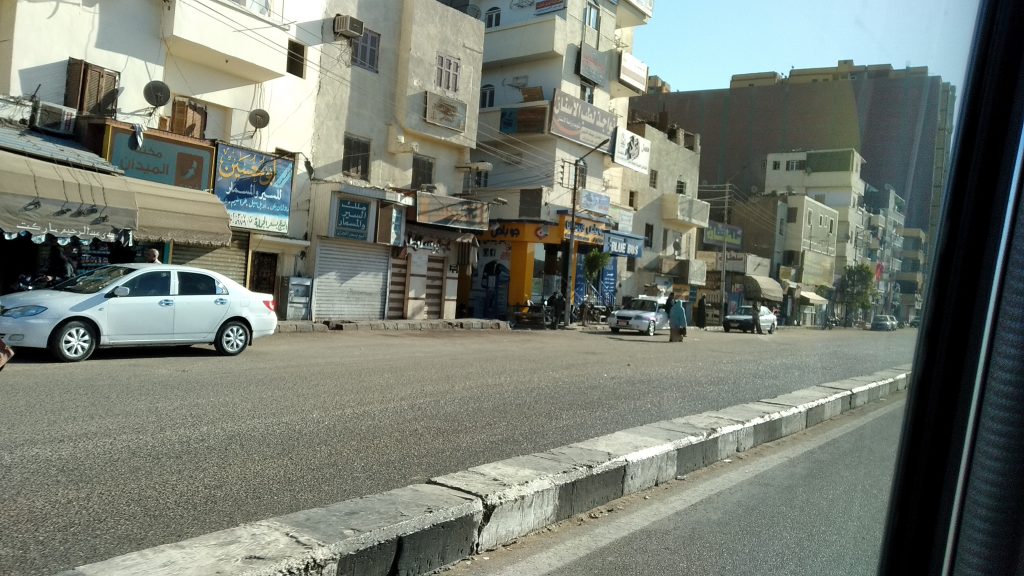
In Qena and Luxor they pretty much drive with carriage with some sugarcanes and other green leaves on it. As we heard from our guide then children who live there get basic education like how to do local work, speak and such things – then you go to work. So children here don’t really get much childhood.
Road to Luxor through Gena was pretty much straight but with lots of bumps on the road to slow down the vehicles. Bumps were mainly on checkpoints, where guardsmen check who is coming in and out, that’s something which is regulated also by Egyptian law. All the time some canal that originated from the Nile was flowing our side. Traffic in there was not so insane as in Hurghada and finally, we crossed the Nile across one bridge where the sightseeings began.
Firstly we met some local stonemasons or something, who crafted little souvenir statues and offered us Karnak tea for greeting (if I’m correct).
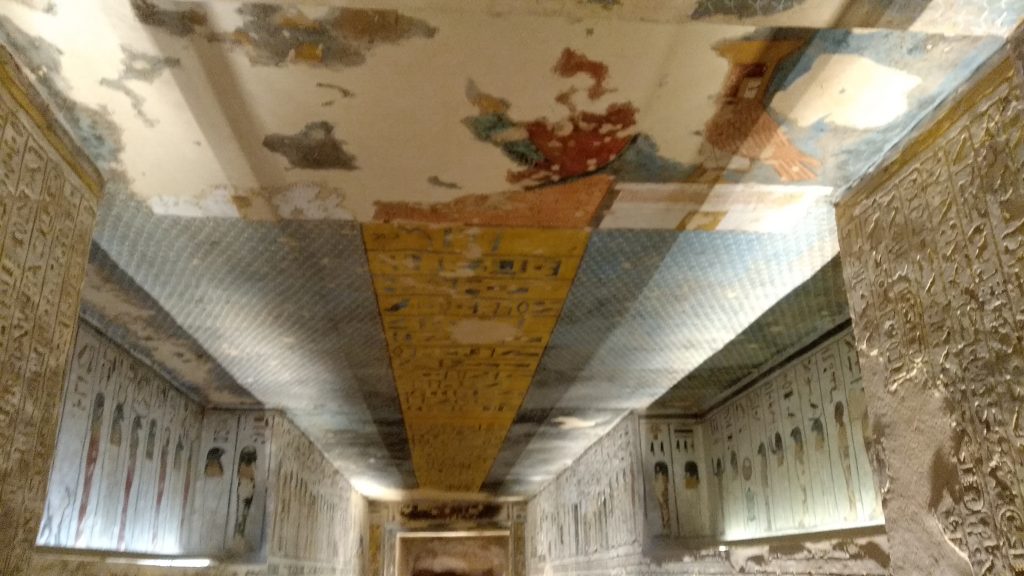
After that, we visited Valley of Kings where pharaohs were buried and we visited 3 tombs. Ramsay III, Ramsay IX, and Merenptah. Ramsay III was the one with most of the colors I think. Merenptah’s tomb was the deepest, the air in there was dry and very still.
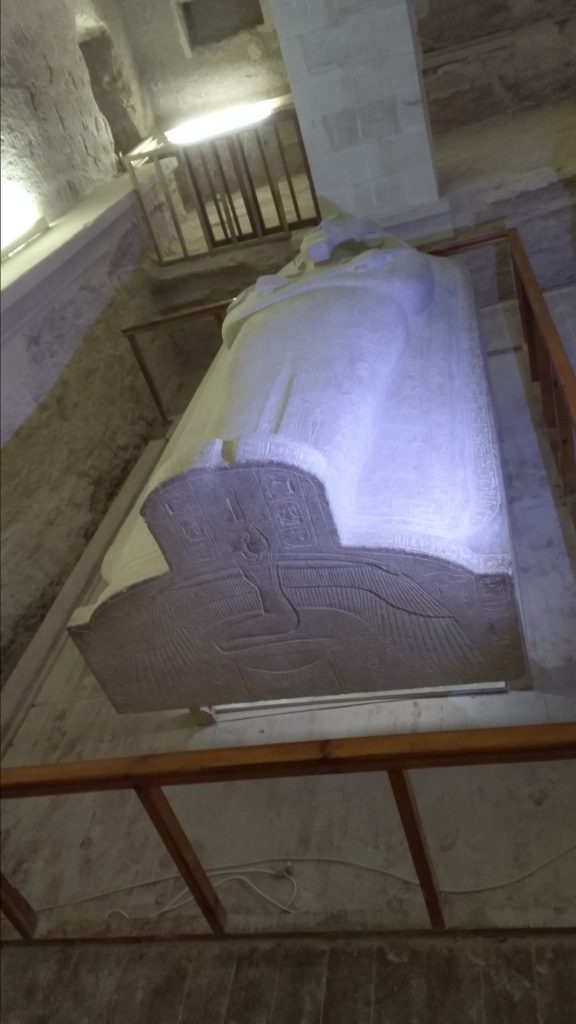
After the Valley of Kings, we drove to one of the restaurants there which were right next to the Nile. The food menu was pretty much as in the hotel and the Titanic theme song was blasting as loud as eardrums could hold. When we finished our meals we headed onto some kind of boat and headed to Banana Island where we saw dried out Crocodiles on the barrel, living crocodiles, some local green monkeys, pigeons, lots of banana trees and some oranges trees.

Before leaving the banana island we got some bananas are grown there, local fruit juice, dates and water. After the meal, we went back to the boat which took us to the mainland. Where we headed to our final destination, Karnak’s temple.

Karnak temple itself was vast and a kind of place I was looking for when coming to Egypt in the first place – Big pillars and statues, hieroglyphs everywhere with some colors and obelisks. The backside of the temple, there was also the Holy Lake. Everything I’ve dreamed of since I was a little kid. I don’t know why but I’ve always like that kind of architecture. Something just draws me to this. I couldn’t describe how beautiful they are so I’ll add a bunch of pictures.
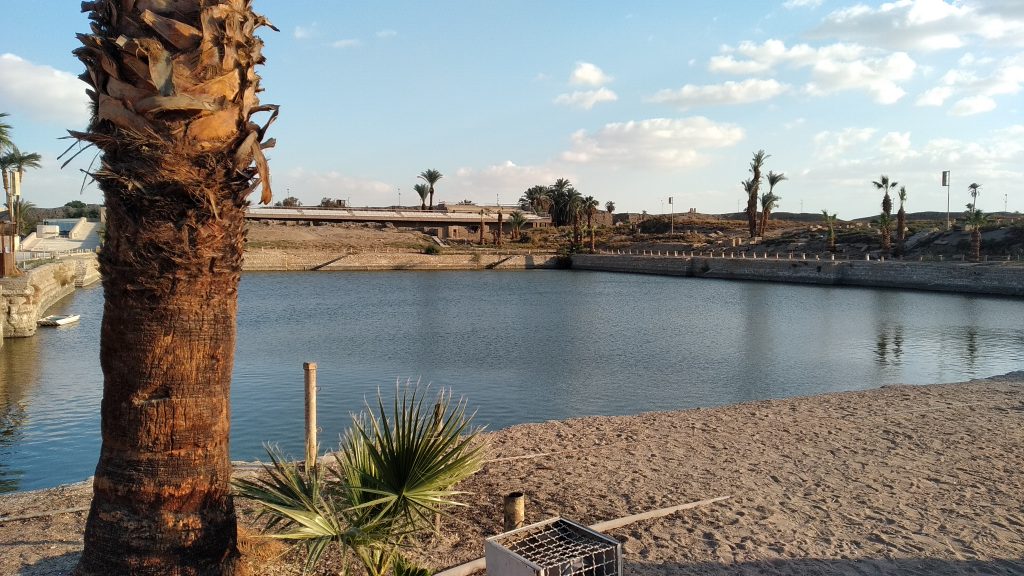
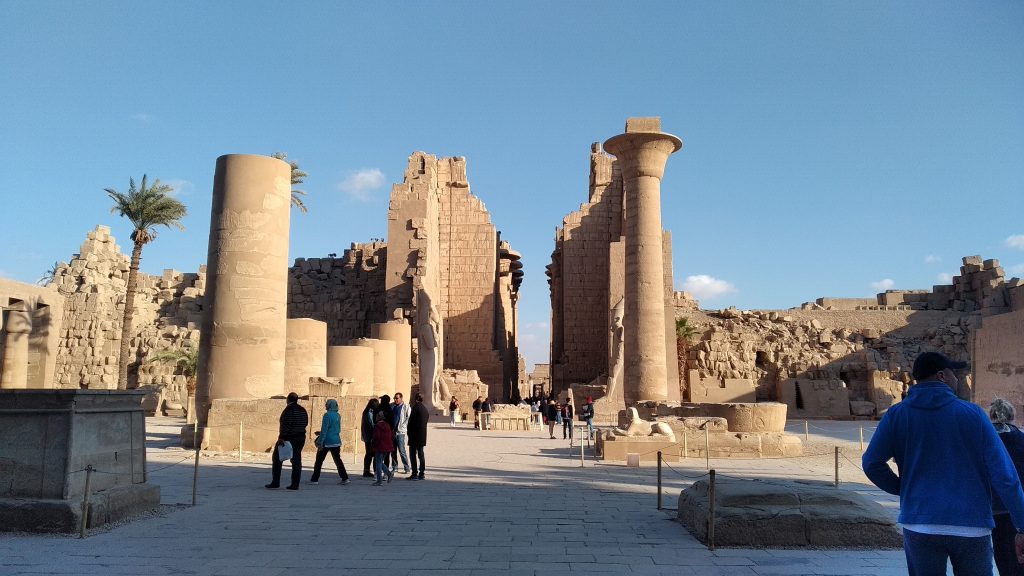

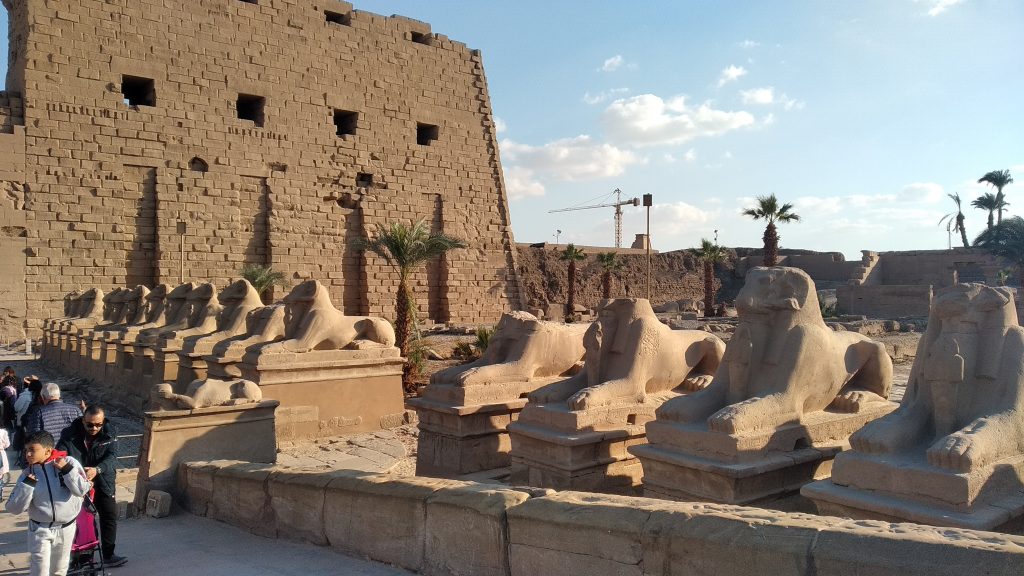



I think the only thing that kind of ruined the experience in the Karnak temple and also Valley of Kings, was those sketchy local “businessman”. In the Valley of the Kings, we heard from one of our group members that when they went to the tomb and the doorkeeper there who stamped tickets took their tickets and asked 1€ per ticket to give it back. Also in one of the tombs, some guy saw my turban which was made by my girl and wanted to adjust it and make it look like “the real turban”. When he finished, then he asked for money. In Karnak’s temple, there was some guy who was trying to show us some circle, if you stand on it you can see some god or figure. And one other guy was trying to lure us around the corner where no one was, but we managed to lose the tail when he went around the corner.
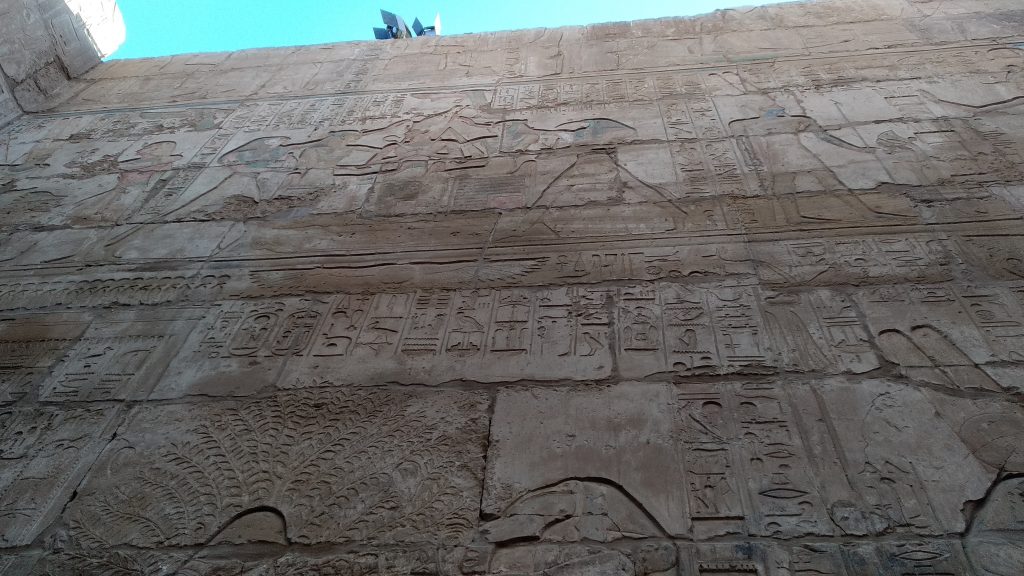
I think the total trip was about 1000km or so and took us about 18 hours. It was really tiring after coming back to the hotel. I think we arrived at about 21:15 or so. Ate our dinner and headed off to bed. If any of you have really big enthusiasm towards old Egyptian architecture then Karnak temple is a must for you. If you ask me then the money was totally worth it, if you look past those annoying salesmen.